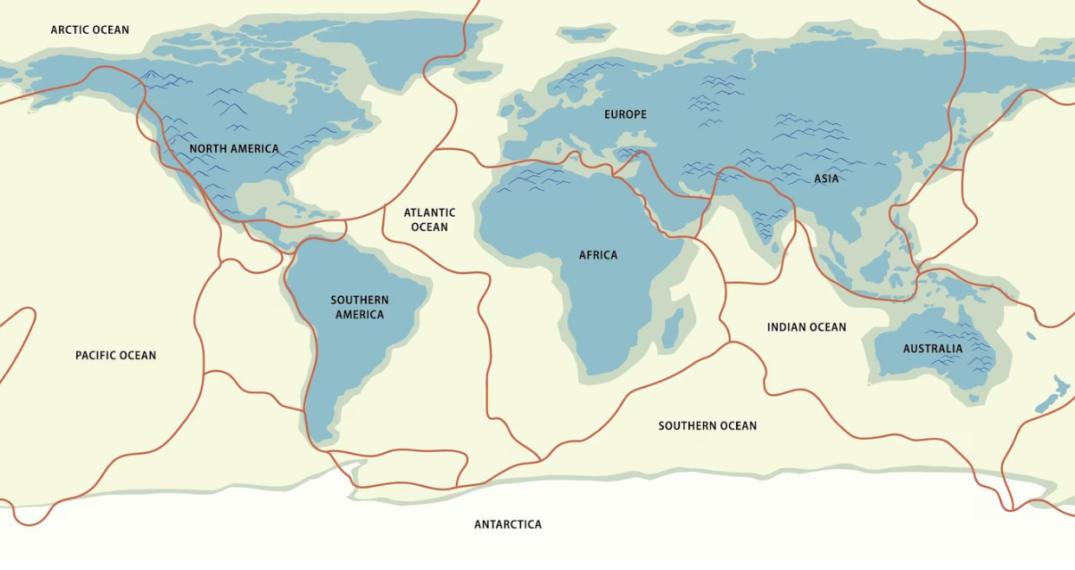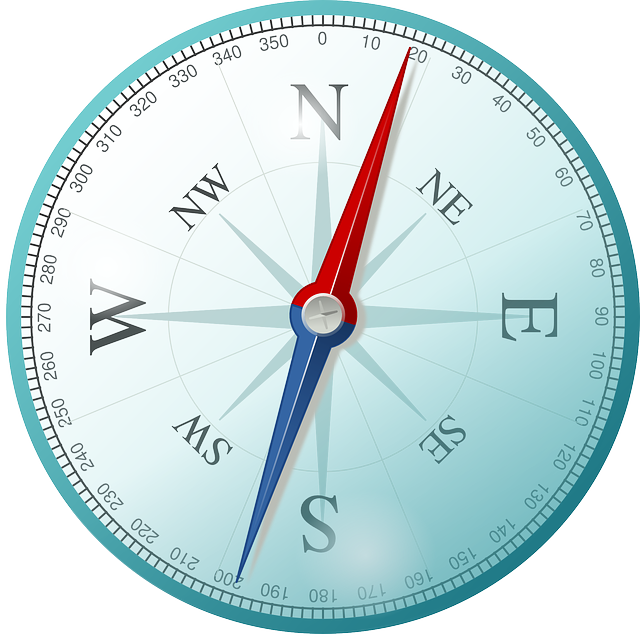Contemplating the pursuit of GIS (Geographic Information System) education may lead you to question the complexity of mastering this skill. GIS serves as a potent instrument for data analysis, visualization, and interpretation rooted in geographic context. As the need for GIS proficiency grows, a common query emerges: Does learning GIS pose challenges? This piece delves into the inquiry, offering elucidation on mastering GIS adeptly.
GIS emerges as a sophisticated software, demanding dedicated instruction and hands-on practice to wield adeptly. While automation is feasible in many programs, the task of comprehending and extracting meaningful insights from data rests upon adept analysts.
GIS: An Overview
GIS, short for Geographic Information System, functions as a comprehensive platform designed to collect, arrange, analyze, and interpret spatial or geographic data. This dynamic system streamlines the process of showcasing information within a geographical context, thereby streamlining the understanding and evaluation of intricate data. Through the integration of diverse data sources such as maps, satellite imagery, and statistical data, GIS skillfully constructs visual representations that play a pivotal role in empowering well-informed decision-making processes. In essence, GIS not only serves as a technological tool but also as a strategic asset, bridging the gap between raw data and actionable insights.
The Difficulty of Acquiring GIS Skills
The complexity of learning GIS hinges on your existing familiarity with the subject and your prior knowledge. If you possess rudimentary grasp of GIS fundamentals and have dabbled in GIS software, the learning curve might not be overly steep. Nonetheless, for newcomers to GIS, acclimating to the software’s technical facets could necessitate some time.
The challenge in learning GIS lies in the amalgamation of technical, analytical, and spatial proficiencies. Aptitude in software application, data scrutiny, and spatial understanding are all prerequisites. Yet, with persistent effort and commitment, anyone can attain proficiency in GIS.
| Aspect | Description |
|---|---|
| Varies with Prior Knowledge | The challenge of learning GIS depends on your existing familiarity with the subject and related software. |
| Steep Learning Curve for Newcomers | Beginners may find acclimating to the technical facets of GIS software time-consuming. |
| Technical, Analytical, and Spatial Fusion | Learning GIS involves amalgamating technical proficiency, analytical thinking, and spatial understanding. |
| Prerequisites for Proficiency | Aptitude in software application, data scrutiny, and spatial comprehension are prerequisites for GIS mastery. |
| Persistent Effort Yields Proficiency | Overcoming challenges is possible through dedication, consistent practice, and commitment to improvement. |
Essential Skills for Mastering GIS

To attain a solid command over GIS, a synergistic fusion of technical, analytical, and spatial competencies is indispensable. Mastery in this field requires a harmonious balance between these skill sets. Below, we delve into several pivotal competencies that play a paramount role in not only understanding but excelling in the world of GIS:
Technical Skills:
- Foundational computer literacy: A foundational understanding of computer usage extends beyond mere familiarity; it encompasses a comfort in navigating digital landscapes and executing fundamental software operations. This proficiency serves as the bedrock for effectively harnessing the capabilities of GIS tools;
- Proficiency in GIS software: Navigating the array of GIS software options necessitates more than a passing acquaintance. Achieving proficiency in at least one of these platforms unlocks the potential to manipulate spatial data, revealing hidden insights within geographic information;
- Data administration: The ability to grasp the principles of data organization and storage is more than just a technical skill; it’s a strategic competence. Proficient data management ensures that the vast wealth of geographic information is structured for meaningful analysis and interpretation.
Analytical Skills:
- Problem-solving: Proficiency in GIS transcends routine tasks. It’s about untangling intricate challenges through the art of data analysis and pattern recognition. The adept GIS practitioner is an intellectual detective, deciphering complex geographical puzzles;
- Critical evaluation: In the world of GIS, information isn’t taken at face value. Critical evaluation is paramount – the capacity to dissect data layers, scrutinize trends, and discern nuances. This skill is the compass guiding well-informed decisions in the face of spatial uncertainty.
Spatial Skills:
- Grasping spatial connections: Beyond geography, spatial skills involve perceiving the interconnectedness of diverse elements. The GIS virtuoso discerns not only geographical relationships but also their influence on patterns, trends, and outcomes;
- Interpreting maps: Maps are more than static images; they’re windows into a dynamic world. Proficiency in interpreting maps involves not just understanding the symbols and legends, but also inferring narratives, predicting trends, and fostering actionable insights from the visual language of geography.
Effective Strategies for Mastering GIS

While there might be obstacles, adopting the correct mindset and strategy can lead to successful GIS learning. Below are valuable tips to enhance your GIS learning journey:
- Lay a Strong Foundation: Begin with the fundamentals. Get acquainted with different data types used in GIS and become comfortable with the GIS software you intend to use;
- Embrace Quality Resources: Choose reliable learning materials like online courses, textbooks, and tutorials. These resources offer vital insights and techniques to facilitate your GIS learning journey;
- Practice Diligently: Put theory into action by practicing consistently. Undertake GIS projects and tackle challenges to apply your newfound knowledge in real-world scenarios;
- Engage in the GIS Community: Joining a GIS community keeps you updated on the latest trends and connects you with fellow professionals. This network offers opportunities to learn, gain fresh skills, and receive feedback on your work;
- Enroll in a Course: Consider enrolling in online or in-person GIS courses. These educational platforms enable self-paced learning, providing valuable resources and constructive feedback to enhance your GIS skills.
Conclusion
Learning GIS may present difficulties, yet it remains an achievable endeavor. Technical intricacies, data handling, time investment, and resource limitations can contribute to the challenge. Nevertheless, armed with the correct perspective, strategy, and resources, mastering GIS is well within reach. Commence by mastering the fundamentals, leverage reputable learning materials, maintain consistent practice, engage within GIS communities, and seek expert guidance. By adhering to these guidelines, you’re poised to journey towards GIS mastery.
FAQ
The duration to learn GIS hinges on variables like geography background, software familiarity, available resources, and commitment. Grasping basic GIS concepts and software may take weeks or months, while reaching an expert level might necessitate years of devoted learning and practice.
Absolutely, self-learning GIS is feasible through online resources like tutorials, videos, and courses. Yet, especially for beginners, consulting experienced GIS experts is advisable. Achieving desired results through self-education demands dedication, patience, and tenacity.
While GIS involves mathematics, the extent varies with application complexity. Basic algebra, trigonometry, and geometry are requisite for understanding and simple calculations. Advanced analysis may require statistics, calculus, and linear algebra, based on the task.
Coding isn’t obligatory for using GIS software, but it can elevate functionality and customization. Python, R, SQL knowledge automates tasks, performs intricate analyses, and builds customized GIS tools. Coding isn’t a prerequisite, and many GIS professionals work without it.
